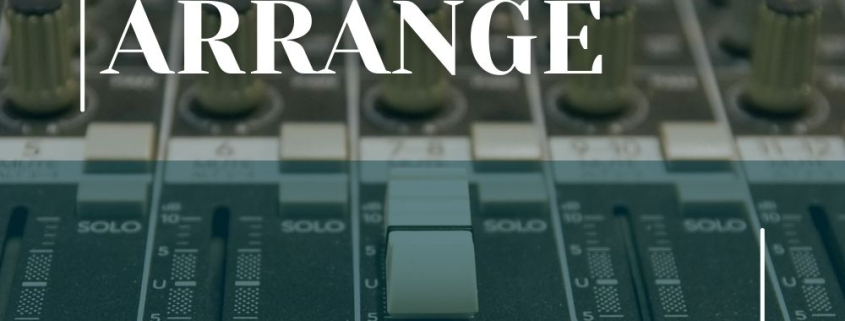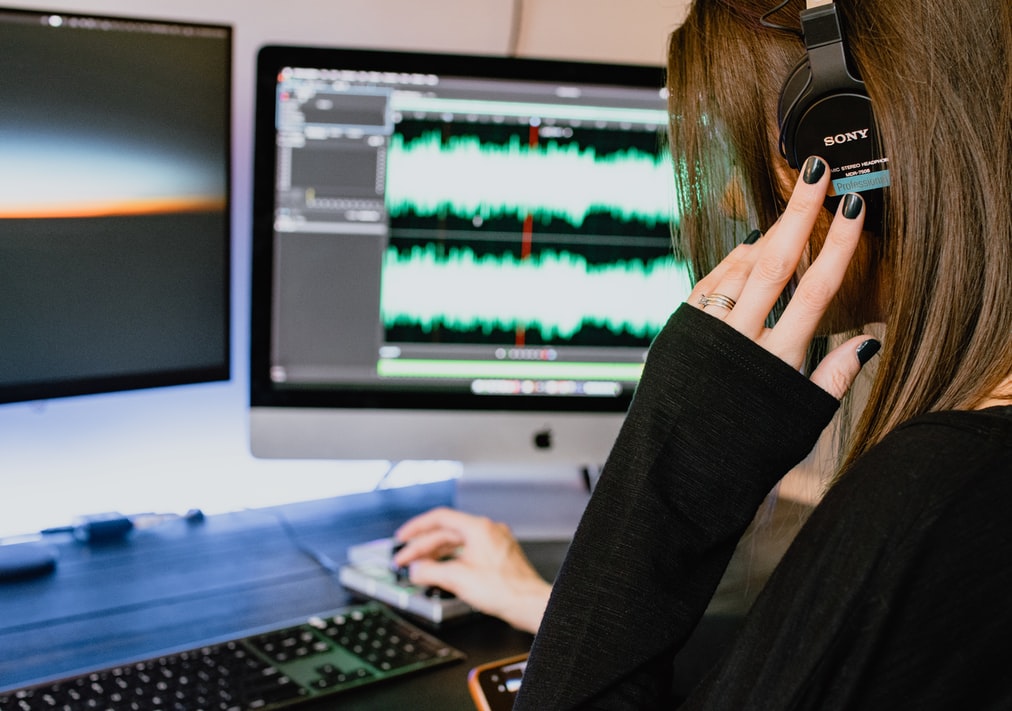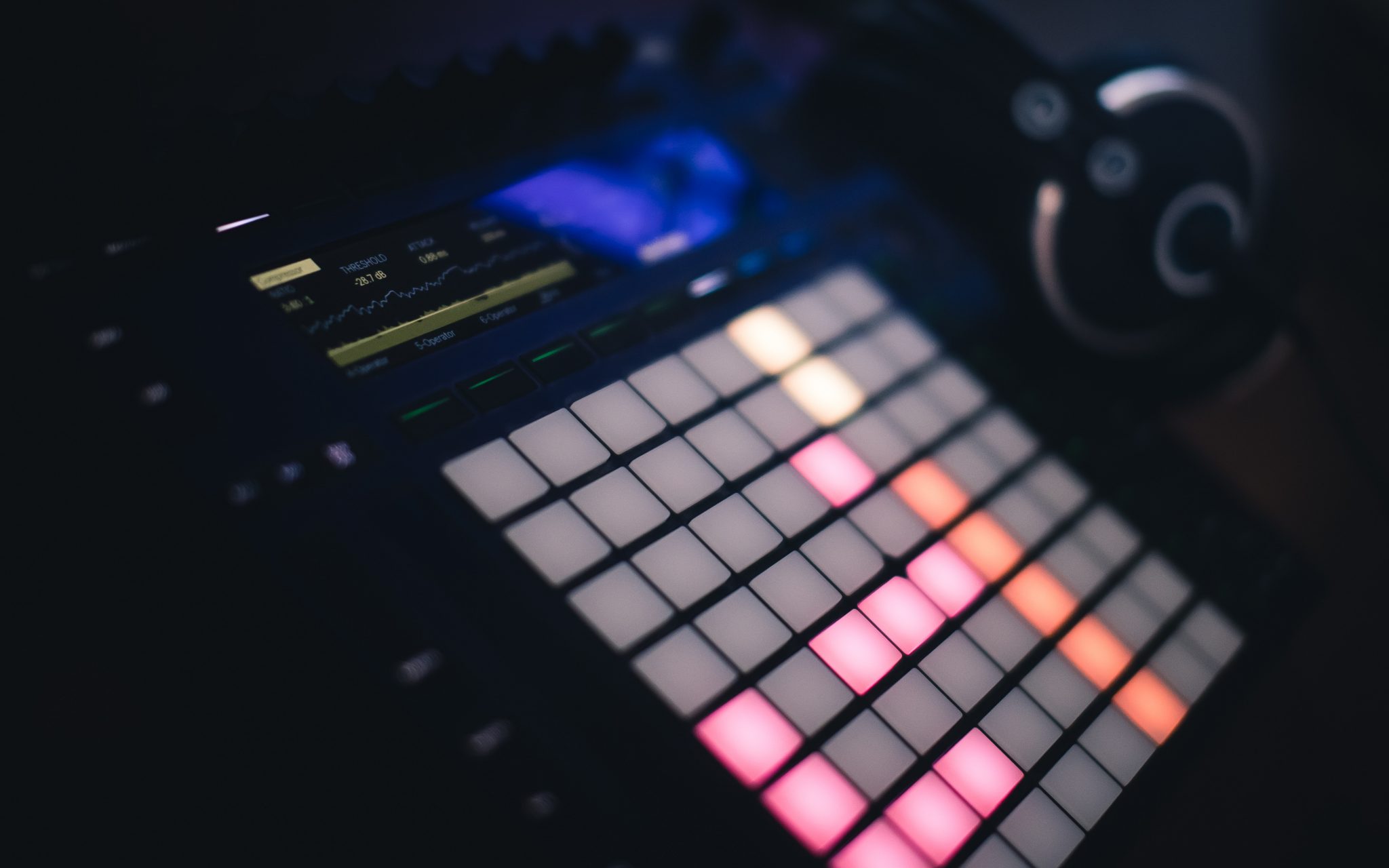How To Mix A Track As You Arrange
One question I get a lot when I teach production is, “Should I start mixing as I work on the track?” There isn’t a precise answer to that as each song is different. I will say though, I do start working on the mix in the beginning, but it isn’t necessarily in the way that people would think.
There are 3 things I look into when it comes to making sure my mix is right, from the start.
- Gain staging. This is something I cover in mixing tutorials and workshops but it’s mostly about normalizing. You want your input (sample, synths) to be close to 0dB. Then you’ll adjust the fader to the level you want (ex. -10dB).
- Amplitude hierarchy. Which sound is the leader? That one would be the loudest of your mix for most of the song’s duration. The others will be adjusted in relation to the leader.
- Sequencing and negative spacing. This is where the important part is played. Many people struggle with the mixing done at the end of a song’s production because of all the overlapping in the song’s amplitude (volume) and timing. For example, if you need to use side-chaining between the kick and bass, that’s because you didn’t prepare any negative space for the kick to lead. Then you’ll have to carve both frequencies sharing and amplitude.
Proper Sequencing Means A Proper Mix
My motto is that if your sequencing is done properly, you won’t have much to juggle with once in the mixing stage. You basically don’t want the sounds to overlap so much so you won’t have to carve into masking issues.
When I get a song for mastering, one of the main tasks I have to do is adjust the loudness. If the gain staging is poor, then I need to boost it much to reach the standard loudness. If I need to boost the loudness, this means any sound that is overlapping will be squashed and merged with others, killing all the precision an airy mix would have, creating a muddy and lifeless master.
Now some sounds can share the same position in sequencing, such as how, in techno or house music, kicks, claps and hats will shuffle around. But as you know, they are not in the same frequency areas. Kicks will be in the lows, claps in the middle, and hats in the highs. Therefore there is space in the spectrum for all sounds to cohabit. The claps’ transients can also accentuate the kicks, giving them more punch.
(H2 Tag – Make sure to adjust this on WordPress) Pay Attention To Dynamic Range
That said, those sounds will have more punch if you have control of their length. Dynamic range accentuates punch and precision. What we refer to as dynamic range is the difference between the loudest peak and the lowest part. If you insert negative space (silence), your sounds will hit harder in theory.
This means reverb, delays, and background noises can kill the dynamic range as they will take some space out of the noise floor. Adding too much will make a song sloppy and muddy.
When you have this in mind, you’ll start by picking sounds and adjusting their length, then normalize them (eg. bring them near 0dB).
Be Strategic With Your Voicing
When it comes to creating the main idea of a song, we will refer to the sounds as voices. You’ll make your life easier by sticking to 4 maximum.
One voice can be a synth or an instrument. If you add layers to it, then it’s still one voice. But if you add a second instrument that plays different notes at different times, it will be a second voice. So four of them make it quite busy.
Space In The Mix
Amplitude wise, we know the levels must differ, but panning and stereo positioning can also make a difference. You want to keep in mind that you will try to avoid stereo overlapping as well but in terms of amplitude, if two sounds are fighting, you can pan them differently so then you have space, and clarity.
Again, when it comes to amplitude, you can cut some frequency based so that some low-end or mid-range don’t interfere. This is why EQs that are passive, such as Pultecs or 3-4 band EQs come in handy. They’ll let you adjust a range of frequencies without changing the whole spectrum.
In the end, I invite you to consider how you sequence your music with care and I believe your mix will be way easier.











Leave a Reply
Want to join the discussion?Feel free to contribute!